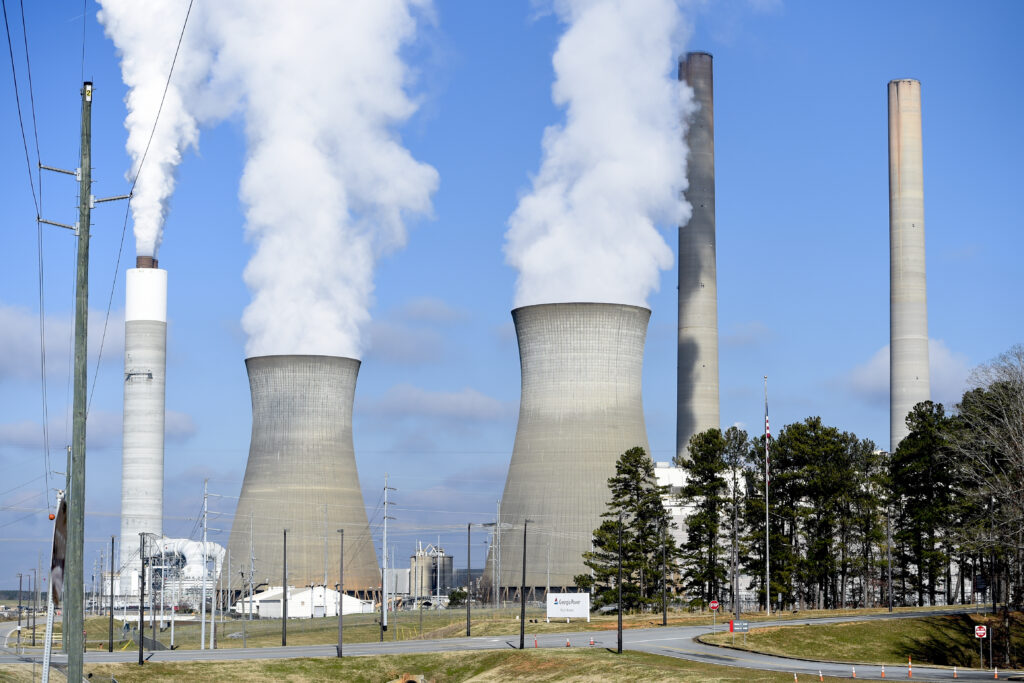
The Environmental Protection Agency (EPA) released a proposal on January 6 to strengthen annual standards for delicate particulate matter, commonly known as soot. Despite overwhelming evidence that more substantial limits are necessary to mitigate soot pollution, the EPA has changed standards from 12 ug/m3 to 9 and 10 ug/m3. Decades of soot pollution have been particularly harmful to the country’s Latino population.
Soot can penetrate our lungs and bloodstream, causing heart disease, cancer, and aggravated asthma, among other health impacts. It is one of the reasons the Latino population has a relatively high rate of asthma, with around 3.8 million American Latinos struggling with chronic lung disease.
Because Latinos are exploited in outside jobs such as agriculture, construction, and landscaping, they are more vulnerable to outdoor air contamination, including unsafe levels of soot.
Latinos in the U.S. are twice as likely as non-Latino white people to visit an emergency room due to a severe asthma attack. This health disparity, which also affects Black and Indigenous populations in the U.S., most gravely impacts the Latino community’s younger members, who are 40% more likely than white children to die from asthma.
For years there has been legislation in place that could curtail the extent to which Latinos and other communities of color are disproportionately affected by this disease.
The Clean Air Act, created in 1970, required the EPA to set National Ambient Air Quality Standards (NAAQS) for common air pollutants that endanger people’s health. The Act requires the EPA to review the latest scientific data and medical studies every five years and revise them accordingly. However, in 2020, the Trump administration’s EPA ignored the science, despite new data highlighting the immediate need for tighter protections against soot and smog. As a result, the standards for particulate matter and ozone pollution have remained unchanged since the Obama administration.
Fortunately, the Biden Administration has decided to take another look and raises another opportunity to further its goals of using science-based federal policy to address environmental racism. But the EPA’s proposal for updating the soot standards threatens to let the opportunity pass.
EPA’s own Regulatory Impact Analysis shows that eight ug/m3 for the annual standard would prevent 9,200 premature deaths compared to 4,200 premature deaths prevented at the proposed low end of 9 ug/m3. Yet, their proposal for an updated standard went with a higher number and lower investment in human life.
Every day without more stringent protections is a missed opportunity to protect our health, advance environmental justice and reduce other dangerous pollution.
The EPA is accepting public comment on the proposed rule on soot through March 28. They also hosted virtual public hearings on the proposed rule making at the end of February. The EPA plans to review the public comments and issue a final rule making later this year.

Recent Comments